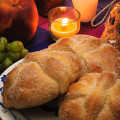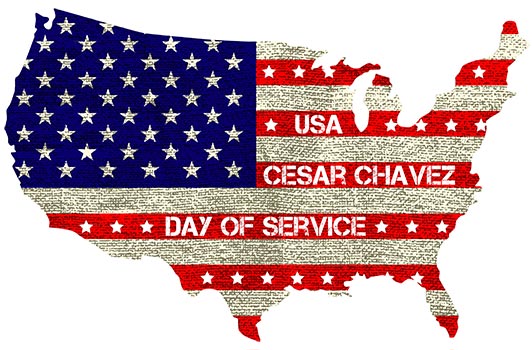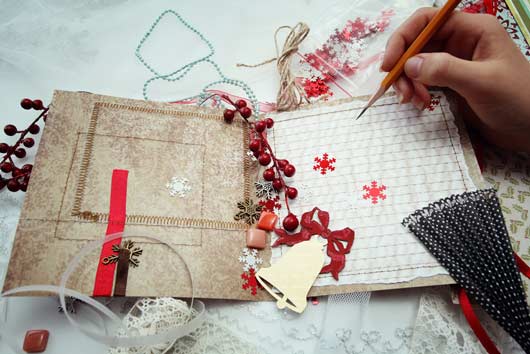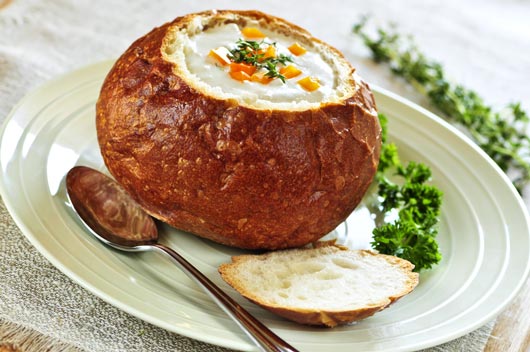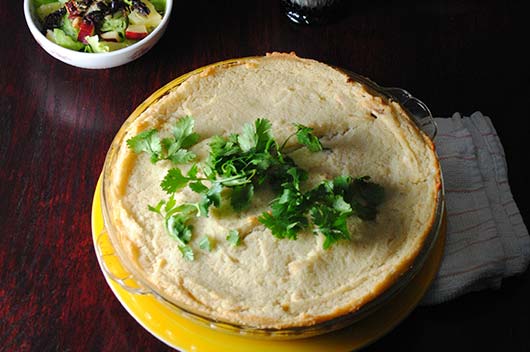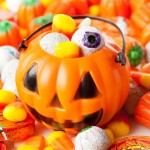
It wasn’t too long ago that I was able to make peace with The Day of the Dead. Yes, I confess: I was scared of it. I grew up encapsulated by a very traditional, old-fashioned belief of the dead: respect them, fear them and leave them alone. If possible, don’t talk about them either. Yet, ghost stories, vampires, zombies, haunted places, and the eternal battle between good and evil would fascinate me. Just like any child, I believed it all to be true. At times, however, the price I had to pay would be too high: I would be up all night, hiding under the covers, sweating for a sunrise relief. Just as like direct sunlight kills vampires, it would kill all traces of evil, I reasoned.
In some Latin American cities, like Buenos Aires, celebrating the Day of the Dead would mean spending it mostly in silence, grabbing some flowers and going to the cemetery to pray and pay your respects to the dead. Usually, for some eerie coincidence, those days would be either rainy, windy or cloudy. The day that I thought, “Aha, we can have some fun here!” I was volunteering at The James Beard Foundation in New York City. The special occasion was the Day of the Dead. The ambience of the main room at the foundation that night was mostly given by the hues, shades and shapes of the skulls placed on the floor, melted candles and a diversity of vivid ceramics symbolizing the dead. It felt like a happy colorful cemetery with a large community table and a live aromatic kitchen; both the living and the dead gathering to celebrate life, here and beyond. It was then that I realized I had a choice. I could choose to live in fear of the dead, the beyond and unknown or I could choose to be Buddhist about it: “embrace it,” consider that life is temporary anyway and appreciate and celebrate life knowing that we will see each other again when we “go home.” Dead or alive, religious or not. It might not make any difference after all––if there is such a thing called “after life.” Nonetheless, one thing is certain: We all share the love and sweetness of life in any given shape, color and form. We offer sweets to the dead or spirits to keep them happy and friendly, and we do the same with the living. Then, and just what if…. What if we choose to celebrate “wholly and holy” what life has to offer, here and beyond, all together, both the living and the dead? Making peace and choosing to have fun wasn’t so scary after all. Happy Day of the Dead!
BREAD OF THE DEAD (Pan De Muerto)
Yield: 1 large loaf
Ingredients:
1/4 cup unsalted butter
1/4 cup milk
1/4 cup warm water (110 F not hotter or you’ll kill the yeast)
3 cups all-purpose flour (unbleached)
1 1/4 tsps. active dry yeast
1/2 tsp. sea salt (or Kosher)
2 tsps. anise seed
1/4 cup white sugar
2 eggs, lightly beaten
2 Tbsps. orange zest
For Glaze:
1/4 cup white sugar
1/4 cup orange juice (or 3 tablespoon orange blossom)
1 Tbsp. orange zest
2 Tbsps. white sugar
Optional: Instead of the glaze you can use two beaten eggs (egg wash) to coat the bread. Just use a pastry brush to lightly brush the egg wash over the bread. It would give the bread a nice golden color and a glossy shine.
Instructions:
1. Preheat oven at 350F.
2. In a medium pan heat the milk and the butter together until the butter melts. Remove from the heat and add the warm water.
3. In a large bowl combine the dry ingredients: 1 cup of the flour, yeast, salt, anise seed and 1/4 cup of the sugar. Beat in the warm milk mixture, add the eggs and orange zest and beat until well combined. Stir in 1/2 cup of flour and continue adding more flour until the dough is soft. Do not overdo it.
4. Turn the dough out onto a lightly floured surface and knead until smooth and elastic. Place it into a lightly greased bowl, cover with plastic wrap and let rise in a warm place (or inside the oven) until doubled in size for about 1-2 hours. Punch it down and shape it into a large round loaf with a round knob on top.
5. Place dough onto a baking sheet, loosely cover with plastic wrap and let rise a second time in a warm place for about 1 hour or until just about doubled in size.
6. Bake for about 35-45 minutes. Remove from oven, let cool slightly then brush with glaze.
To Make Glaze:
1. In a small saucepan combine the 1/4 cup sugar, orange juice and orange zest (or orange blossom).
2. Bring to a boil over medium heat and boil for 2 minutes.
3. Brush over top of bread while still warm.
4. Sprinkle glazed bread with white sugar.

